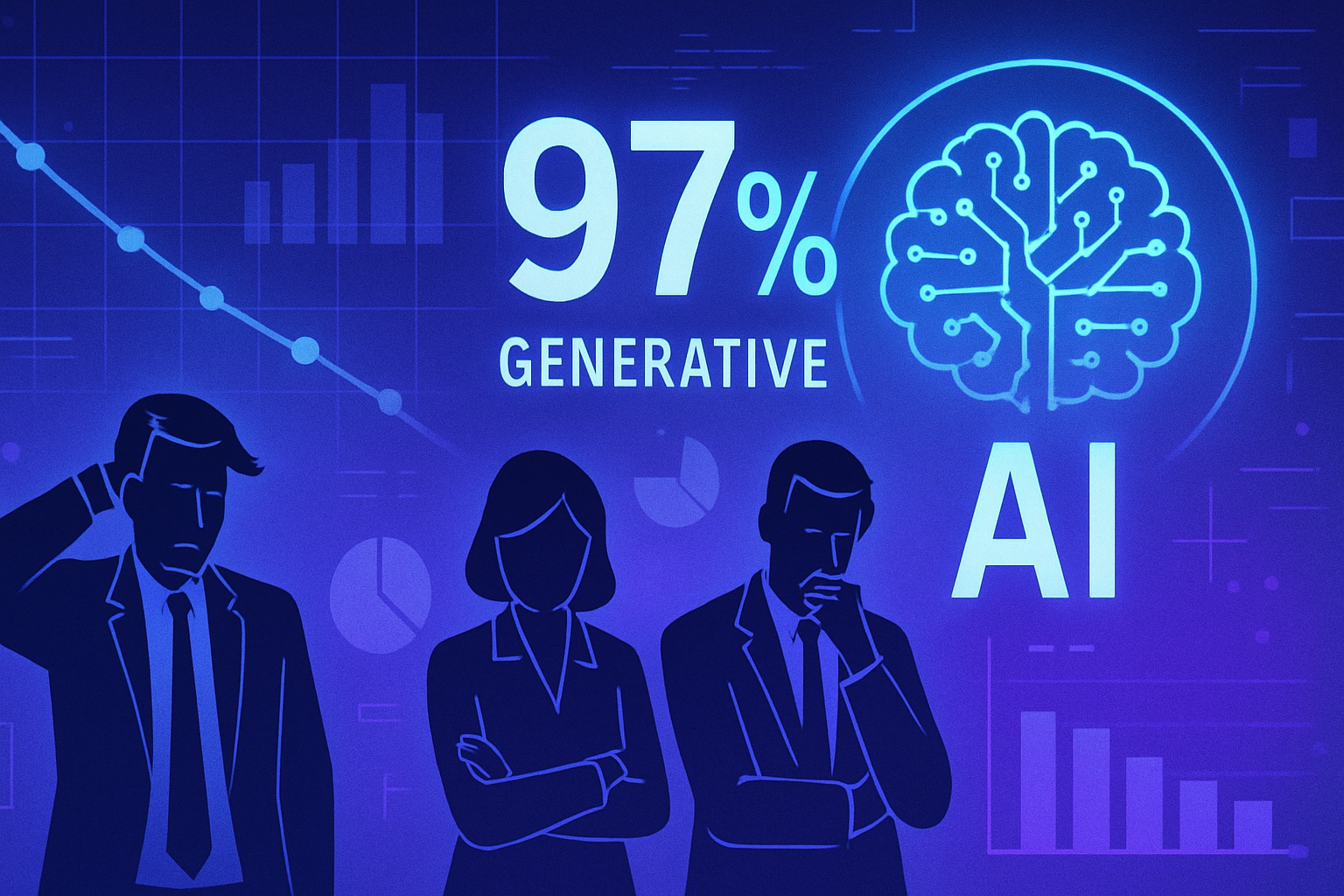The lack of trust from the public is a decisive obstacle to the expansion of artificial intelligence. Growing concerns arise from citizens, culminating in a deep skepticism towards this technology. The contrasting perceptions of AI reveal a worrying imbalance between those who accept it and those who fear it.
It is imperative to understand that the context of use and the type of AI influence opinions. The growing acceptance of AI requires concrete actions aimed at restoring public trust.
A growing mistrust of artificial intelligence
The report prepared by the Tony Blair Institute for Global Change (TBI) and Ipsos highlights a significant lack of trust from the public regarding artificial intelligence (AI). An alarming number of citizens express hesitations about using generative AI tools, thus hindering the expansion of this technology. This mistrust should not be perceived as mere apprehension; it is a real obstacle to the technological revolution promised by governments.
Contrasted adoption of AI
More than half of the population has experienced generative AI tools in the past year. This rapid adoption contrasts with the situation a few years ago, when the technology was largely unnoticed. Conversely, nearly half of individuals have never used AI, thus creating a gap in opinions regarding its development. Data reveals that frequent use of AI increases users’ confidence in its capabilities.
Perception of risks associated with AI
A revealing figure emerges: 56 % of non-users perceive AI as a threat to society. In contrast, this percentage drops to 26 % among weekly users. This dynamic suggests that familiarity breeds greater ease with the technology. Concerns from novices often stem from alarming headlines, amplifying their fear of AI’s consequences.
The generational difference in perception of AI
Young people generally appear more optimistic, while older generations tend to be more cautious. Technology industry professionals feel prepared for digital evolution, whereas those working in fields like health or education express doubts and marked reluctance towards these advancements. This imbalance may have repercussions on the acceptance and integration of AI within these influential sectors.
Acceptance based on AI application
Attitudes towards AI fundamentally vary depending on its use. Acceptance increases when AI is employed to solve concrete problems, such as traffic management or expediting medical diagnoses. Tangible benefits encourage adoption. However, enthusiasm fades in the face of applications deemed intrusive, such as monitoring professional performance or targeted advertising.
The need for transparency and rules
Public concern not only relates to the expansion of AI but also its ethical use. Citizens wish to understand that this technology is deployed for the common good, under strict regulations. Tech companies must ensure responsible and beneficial use of AI, avoiding taking the place of human decision-making.
Building trust to encourage growth
The TBI report proposes concrete solutions to instill a sense of justified trust in AI. Government communication should evolve to highlight tangible and real benefits, such as simplifying administrative processes or reducing waiting times in healthcare.
Proof of AI’s effectiveness must also be visible in public services. The focus should be on user experiences, going beyond technical criteria. This approach will help demonstrate the real added value that AI can offer to daily life.
Regulations and user training
Without appropriate regulations and accessible training, the AI ecosystem will suffer. Authorities must be empowered to regulate AI, and users must benefit from suitable learning programs. This acclimatization is crucial to transform AI into a collaborative tool, distancing it from the perception of a threatening technology.
Enhancing trust in AI is part of the need to increase the legitimacy of institutions and individuals responsible for its integration. If the government proves its determination to ensure beneficial use of AI, it can involve the public more widely in this digital transformation.
Frequently asked questions about the public’s lack of trust: a major obstacle to the expansion of artificial intelligence
Why does the public’s lack of trust hinder the adoption of artificial intelligence?
The lack of trust is the main reason many people hesitate to use artificial intelligence tools. This mistrust is often based on concerns regarding ethics and data security, which is an obstacle to the growth of AI technologies.
What factors determine public trust in artificial intelligence?
Public trust in AI is influenced by various factors, including personal experience with the technology, perception of associated risks, age, and profession. People who have regularly used AI tools tend to have a more favorable opinion.
How can governments increase public trust in artificial intelligence?
Governments must communicate clearly about the concrete benefits of AI for citizens, demonstrate its effectiveness through tangible results in public services, and establish strict regulations to govern its use.
What specific fears do users have regarding artificial intelligence?
Users are particularly concerned about the impact of AI on privacy, excessive surveillance, and the potential risk of job replacement. These fears diminish with regular use of the technology.
Does the perception of artificial intelligence vary by generation?
Yes, younger generations tend to be more optimistic about AI, while older generations show more mistrust. This creates a significant divergence in how AI is perceived.
What type of artificial intelligence use reassures the public the most?
Users generally feel more confident with AI when it is applied in areas where benefits are evident, such as traffic management or rapid medical diagnosis, compared to usages perceived as intrusive.
Why is personal experience crucial in trust towards AI?
Personal experience allows individuals to understand the limits and advantages of AI. The more a person uses AI tools and has positive interactions, the more likely they are to trust them.
What types of regulations and training are necessary to improve trust in artificial intelligence?
Clear regulations must be implemented to govern the use of AI, accompanied by accessible training for the general public. This ensures ethical and secure use of AI technologies.






